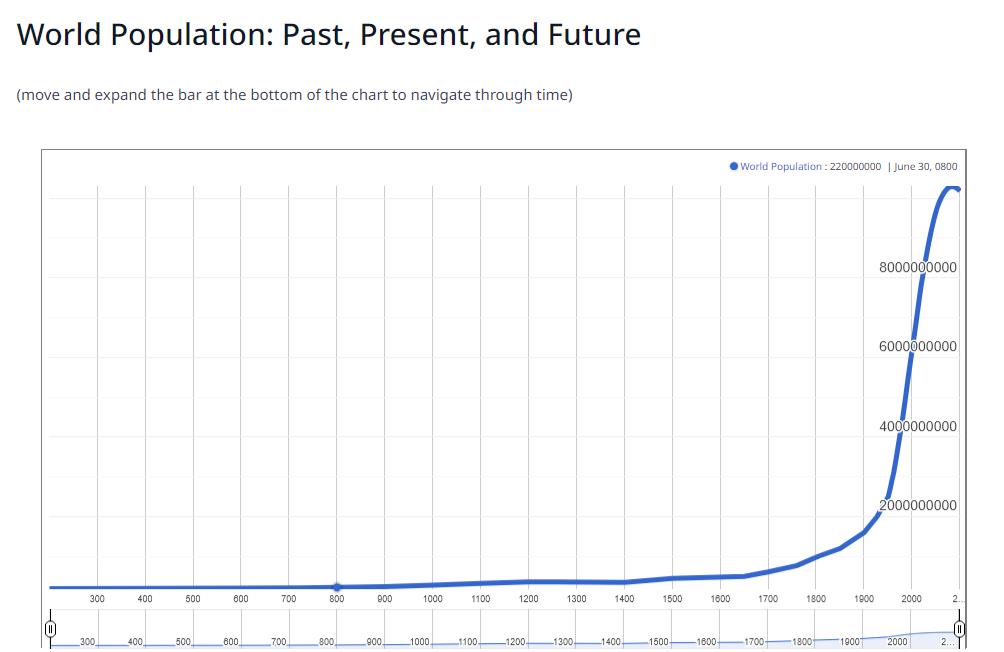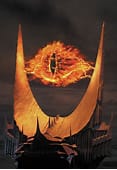Especially the world’s governments but that’s another story.
Even more important is that you, me and every individual around the globe must stop living by the daily ethics of life that may have been true forty years ago. Computers are no longer smart typewriters and no longer fantastic libraries; computer technology has created a subhuman species capable of telling us what we should know and what to think. In a few years, computers, as our medical advisors and primary care physicians, will decide whether you continue to live or not. What is scary is that computers already think for themselves – technicians no longer solve ethical positions. Today a majority of stock market trades never see a human mind. Who tells you the truth – Mom or the smartphone?
We must cast aside the romantic image of farming as a rural life style with cute lambs and mooing cows and amber waves of grain and purple mountain majesties above a fruited plain. Worldwide we keep clearing to make room for more farms to make more food. The image of a romantic farm should be replaced by the relentless spread of crops and pastures that already cover two of every five acres of land on Earth, obliterating the wild landscapes that soak up carbon dioxide from the atmosphere. Further, it is propelling the worst extinction since an asteroid wiped out the dinosaurs 66 million years ago..
We must look beyond a world made of nations. Any nation, including the US and China, is incapable on its own to stabilize industrial development, international supply chains, artificial intelligence, humanitarian obligations and, importantly – open warfare. At the least, smaller nations, especially in Africa and the Middle East, must adopt a model similar to the European Union. On a global scale, it is time to make war less important than management of the planet and all its human disasters. It is time for one nation, indivisible, with liberty and justice for all – including Mother Earth. It is time for the United Nations to be authorized as the ethical authority – including the right to wage international war.
The ethics of human society must leave behind the age of nationally defined variations of humans; it is of no consequence whether Italian, Brazilian, South African, Indian, Polish, Chinese . . . The issue is eight billion humans and growing. There are only two choices: let the population grow until there is a tragic, horrible collapse of controlled civilization, or take control of birthrates. Sardonically, computers may help us with the population issue. The Dixie style of birth control is simplistic. The following is an extract from a post mariner wrote last April:
“A tremendous change occurred with the industrial revolution: whereas it had taken all of human history until around 1800 for world population to reach one billion, the second billion was achieved in only 130 years (1930), the third billion in 30 years (1960), the fourth billion in 15 years (1974), and the fifth billion in only 13 years (1987).
- During the 20th century alone, the population in the world has grown from 1.65 billion to 6 billion.
- In 1970, there were roughly half as many people in the world as there are now.”
Immediately, one grasps the idea that population and natural resources are the two issues that can’t remain under control given the ethical image we carry from the 1970’s. So, are we willing to go the way of the dinosaurs using our homemade asteroid or will humans have the wherewithal to live according to a new top down awareness?
Ancient Mariner



